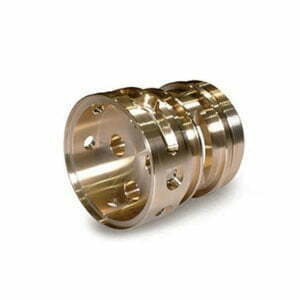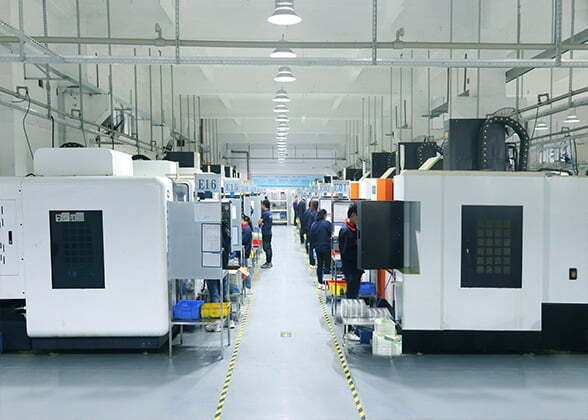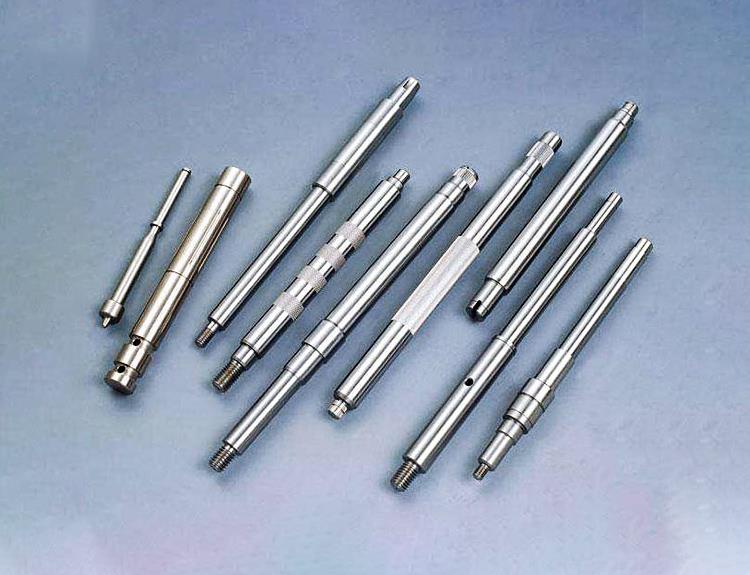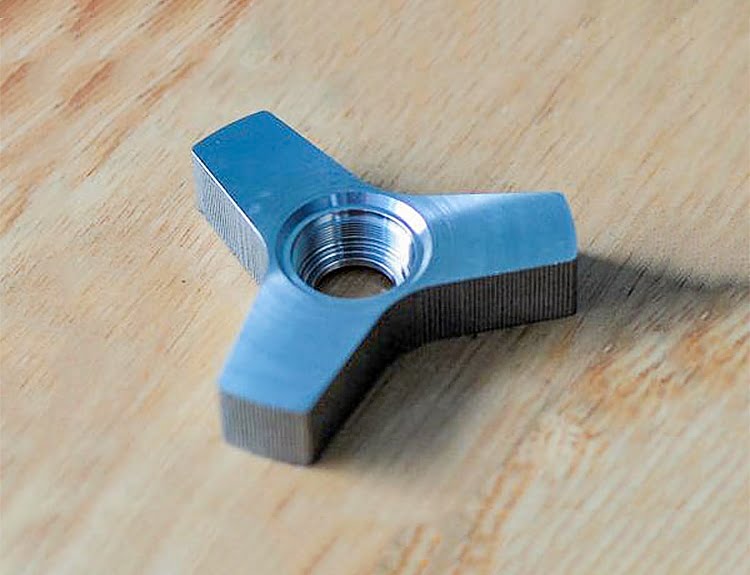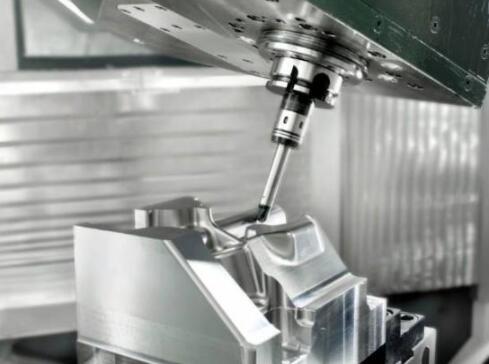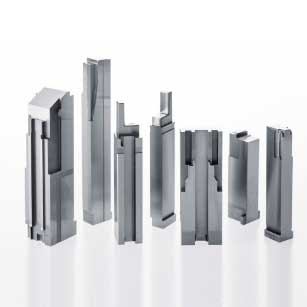Multi-axis CNC machining
CNC milling involves the use of rotating tools to remove material. Either the workpiece remains stationary and the tool moves onto the workpiece, or the workpiece enters the machine at a predetermined angle. The more axes of motion a machine has, the more complex and faster the forming process becomes.
In four-axis CNC milling, a fourth axis is added to the motion of the cutting tool, allowing rotation around the x-axis. There are now four axes - x-axis, y-axis, z-axis and a-axis (rotation around the x-axis). Most four-axis CNC machines also allow for workpiece rotation, also known as the b-axis, allowing the machine to act as both a milling machine and a lathe.
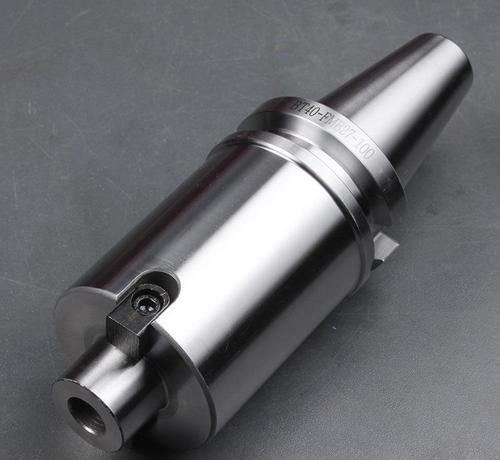
Four-axis simultaneous processing features.
1, four-axis definition: a machine tool with at least four coordinates, respectively, three linear coordinates and one rotary coordinates.
2, four-axis machining characteristics.
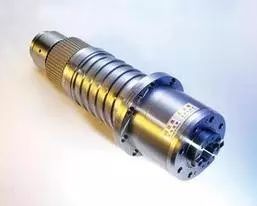
Five-axis machining.
Above the four axes is another axis of rotation, usually 360° in the vertical plane. The five-axis has been fully machined and can be clamped in a single pass, which can reduce clamping costs and product scratches. It is suitable for machining some multi-station holes and planes, as well as machining parts with high accuracy requirements, especially for parts with strict requirements for mold machining accuracy.
During the movement along the whole path, the tool direction can be optimized while the tool can move in a straight line. This allows the best cutting condition to be maintained throughout the path.

